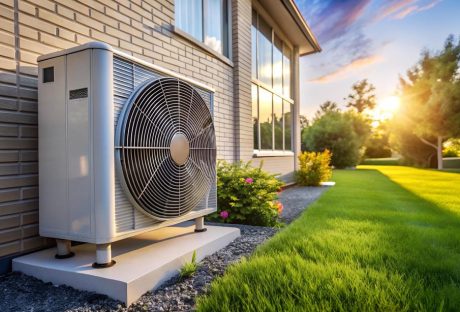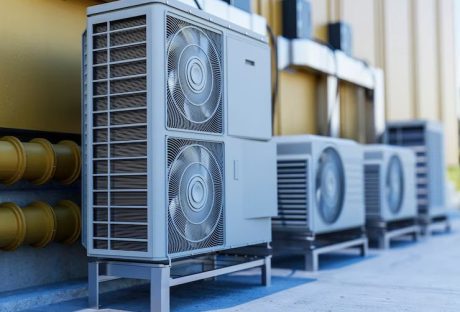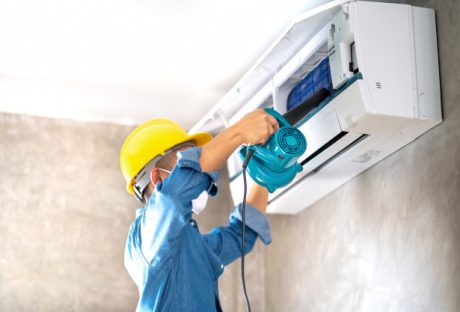When you live in a storm surge-prone area like New Orleans, the safety of your home and cherished belongings is always a concern.
The city’s proximity to water makes it particularly vulnerable to extreme weather, including hurricanes and the accompanying storm surges. However, protecting keepsakes during storm surges is a major issue.
In this article, you will learn why how to protect your keepsakes during storm surges. Here, you will get five useful tips that are easy to follow.
However, before that, you will learn a few details about storm surges and what to do in such situations. Hence, to learn more, read on to the end of the article.
Staying Prepared Before Storm Surges
Generally, storm surges affect your building’s foundations. This happens due to high water piling because of tropical cyclones, which results in constant agitation in the building.
With time, it can result in complete demolition of homes and commercial buildings. Moreover, if the storm is bad enough, you need to evacuate and move inland for safety.
In such cases, you have to plan ahead for such possibilities. However, to save your valuables, you can keep large rubber storage containers. In those containers, you have to place your photos and mementos. This will help you take them while you evacuate the place.
Apart from that, you must have extra plastic storage containers to gather jewelry, mementos, and other photos. Also, try to place those containers in the attic if you get the news of an upcoming flood.
Additionally, you can also keep your necessary documents in a fire-proof safe. Moreover, check them to ensure that they are water-proof as well. This will prevent water from entering the safe it the building submerges in a flood.
On the other hand, you must also shut off your electricity at the circuit brakes. This will help your appliances from short circuits.
5 Tips For Protecting Keepsakes During Storm Surges

While securing your property is essential, safeguarding your irreplaceable keepsakes—like family photos, heirlooms, and old home movies—requires proactive steps.
The following are some essential tips for protecting keepsakes during storm surges:
1. Identify Valuable Keepsakes
The first step in protecting keepsakes during storm surges is to identify which items hold the most sentimental or practical value. For instance, family photos, handwritten letters, heirlooms, home videos, and important documents often top the list.
Generally, in New Orleans, homes may face repeated flooding risks. Hence, creating an inventory of these items ensures you know what to prioritize.
Therefore, you must take time to review albums, VHS tapes, film reels, and other family treasures. Moreover, once you identify your most valuable keepsakes, it becomes easier to plan their protection.
2. Store Keepsakes In Waterproof Containers
Generally, storm surges bring a high risk of water damage. Hence, you must always store your keepsakes in waterproof containers. Use sealed plastic bins, waterproof bags, or specialized storage boxes for delicate items like photographs and letters.
However, if you need extra protection, consider fireproof and waterproof safes to shield irreplaceable items from both water and heat.
For instance, in a flood-prone city like New Orleans, it’s important to seal containers properly. Also, store them away from low-lying areas.
3. Elevate Keepsakes Above Flood-Prone Areas
Elevation is one of the simplest and most effective ways to protect your keepsakes. In a city with a history of flooding, storing items in basements or on ground floors is risky. Instead, place keepsakes on higher shelves, upper floors, or in attics well above expected flood levels.
In fact, for long-term storage, elevated cabinets or specially designed storage units can provide peace of mind. Basically, they will prevent water damage during high-water events.
4. Digitize Important Items
One of the most effective ways to protect family memories is by digitizing them. For instance, you can scan photos and documents. Then, you must covert old VHS tapes or film reels. Thereby, you can create digital backups that can’t be harmed by water or storms.
I live in New Orleans, and using local digitization companies was a smart choice for me. Actually, these professionals understand the importance of preserving family memories in a city with a high risk of natural disasters.
Whether you need high-quality scanning for photos or video conversion services, these companies can help digitize your most treasured items while handling them with care.
In fact, once you digitize your files, you can store them securely in cloud storage. As a result, you can ensure they are accessible. Apart from that, you can protect them even if you lose the originals.
5. Create An Emergency Evacuation Plan
In the event of a major storm, you must have a clear evacuation plan. Moreover, you must include your most important keepsakes in your plan, both physical and digital.
Also, prepare a “go bag” with waterproof containers for physical items. Make sure to have a USB drive or external hard drive containing your new digital files.
Actually, if you prepare in advance, you can quickly grab what’s most important. Thereby, you can ensure your irreplaceable memories are safe. Additionally, cloud-stored backups of digitized items allow you to access them from anywhere. This helps even if you are displaced for an extended period.
Conclusion
If you follow these tips, protecting keepsakes during storm surges in New Orleans will not be a big problem. Basically, New Orleans has a unique geography and vulnerability to storm surges. Hence, protecting keepsakes is a critical part of disaster preparation.
Hence, start by identifying your valuable items. Then, store them securely in waterproof and elevated locations. After that, digitize them for long-term preservation. This way, by planning for emergencies, you can safeguard your cherished memories.
Don’t wait until a storm is approaching to take action. Start digitizing your family photos, videos, and documents today to ensure your memories are preserved and protected for generations to come. Preparing now means peace of mind later, no matter what the weather brings.
Do you have more suggestions for protecting keepsakes during storm surges? Please share your ideas and opinions in the comments section below.
Read Also:





















